
6 minute read
2023 Alaska Winter Activity Guide
MOOSE
One of the most common sightings is moose, even (and especially) in town. That’s because even though their tall legs let them walk through deep snow, it’s much easier to wander along plowed roads or trails, nibbling on bark and branches along the way. Here are a few spots they’re known to visit:
Advertisement

• Drive Northern Lights Blvd. to where it ends at Earthquake Park and follow the road that loops near the airport.
• Walk the Tony Knowles Coastal Trail and you may see them bedded down near the trail.
• Drive Raspberry Road to Kincaid Park.
BIRDS & MORE
While a lot of birds migrate south for the winter, some hang around. Look for ravens, chickadees, and bohemian waxings munching on mountain ash berries. Bald eagles can still be seen along the coast or perched in tall trees. In alpine trails above town you may see our state bird, the Willow Ptarmigan, whose brown feathers turn white in winter.
You may also see fox, arctic hares, or lynx on local trails, but they’re much more elusive.
GUARANTEED SIGHTINGS
See moose, wood bison, reindeer, wolves, deer, musk ox, and foxes at the 18 Alaska Wildlife Conservation Center (907-783-0058) in Portage (1-hour drive from Anchorage). The sanctuary takes in injured and orphaned animals year-round and maintains over 200 acres of spacious habitats for animals to feel at home and display their natural “wild” behavior. In winter, you can drive the 1.5 mile loop to see the animals -- but it’s better as your snowy
playground! Borrow a kick-sled from the center, or bring your cross-country skis or fat bike.
About 45 minutes north of Anchorage in the Mat-Su Valley is the 19 Reindeer Farm (907745-4000). During your visit you’ll hear funny and insightful stories about the animals, get great photos, and feed them from a cup— petting is encouraged! In addition to reindeer, you’ll meet Rocky the moose, Dolly the bison, Tibetan Yaks, bunnies, and more. Appointments required and can be booked online.
Visit one of the arctic’s most iconic animals in wintertime, when they’re at their finest! The nonprofit 20 Musk Ox Farm (907-745-4151) practices gentle and sustainable agriculture, domesticating musk oxen for their fiber-qiviut. Qiviut, one of nature’s softest and warmest fibers, keeps musk oxen cozy in the harsh arctic winters. Interpretive guides show off the 80 musk oxen, educating guests about all thing’s musk ox, the arctic, and this one-of-akind organization. Don’t miss the gift shop—a beautiful, warm, and cozy place to shop for exquisite qiviut yarns and garments as well as other Alaskan treasures. Open year-round. Visit their website or call for tour times and reservations.
In town, visit the 21 Alaska Zoo (907-3463242) to get close-up views of the state’s unique wildlife, whose habitats border 23 acres of naturally wooded boreal forest trails. The zoo was established in 1969 to care for primarily Alaskan orphaned mammals and injured birds, with a few cold-climate non-native species from other facilities. Trails are maintained for year-round use, for those who wish to catch a glimpse of moose, muskox, a polar bear, wolverines, eagles, seals, otters, Amur tigers, camels, and more.
19 WINTER WILDLIFE
@ Carl Johnson









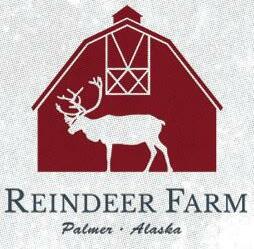
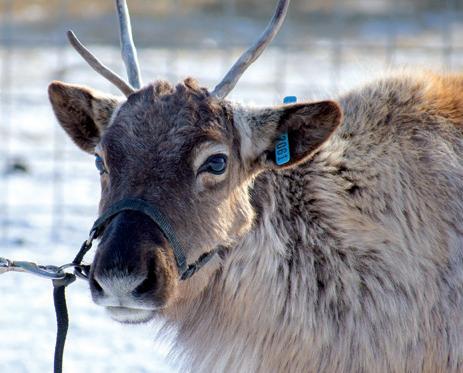
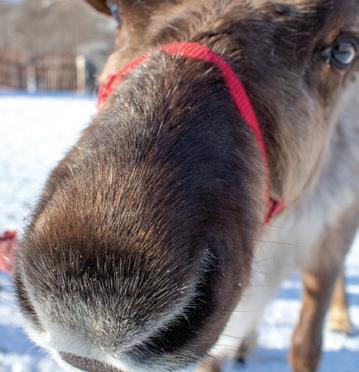
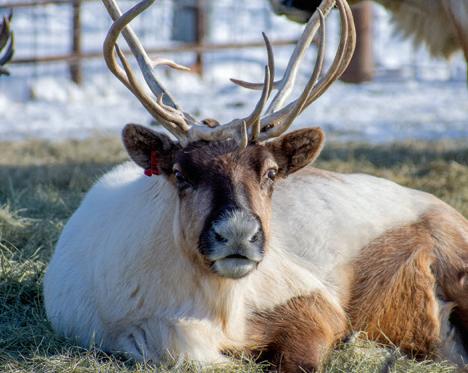
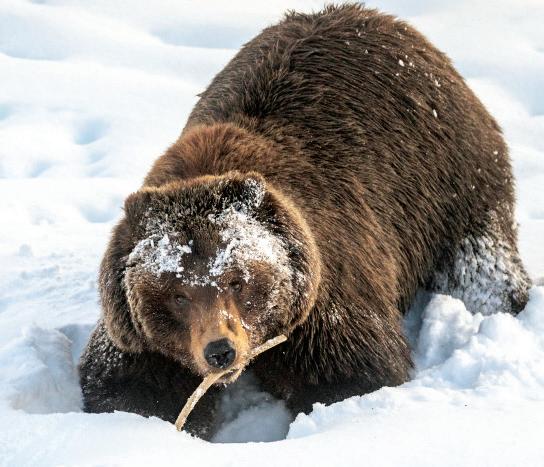

20 WINTER WILDLIFE Come on a guided tour of the farm. Tours last about 1 hour. You will get to feed, pet, and interact with a variety of animals. Reindeer, moose, highland cattle, alpacas and more! Open by Appointment Only Reservations can be made at www.ReindeerFarm.com (907) 745-4000 DISCOVER THE WILD OF ALASKA Come meet the locals! Bears, bison, moose, reindeer, muskox and others that call the Alaska Wildlife Conservation Center home. Wildlife viewing and educational opportunities abound! Just 45 minutes south of Anchorage on the scenic Seward Highway! AWCC is a nonprofit sanctuary dedicated to preserving Alaska’s wildlife through conservation, education, research, and quality animal care. Mile 79, Seward Highway | Portage, AK | 907.783.0058 | alaskawildlife.org
Moose are a routine part of life for most Alaskans. These hulking creatures wander neighborhoods and nonchalantly cross highways, forcing motorists to wait. While moose are happy to pose for a pictures or two, give them lots of room!
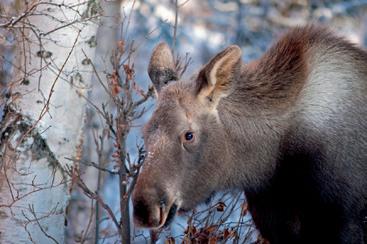
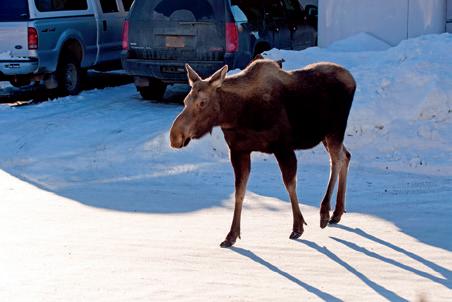
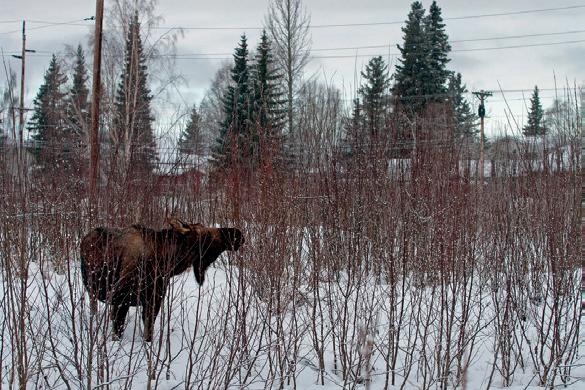
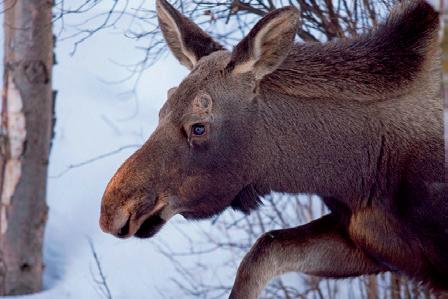
NEVER APPROACH A MOOSE PAY ATTENTION TO BODY LANGUAGE
Moose - especially cows with calves - can be aggressive and need plenty of room.
A stressed moose has its ears back, the hair on its neck raised, and it may lick its lips. This moose may charge you. Give stressed moose room by retreating from the area
IF A MOOSE CHARGES/CHASES YOU

It’s okay to run away if you have a head start. Hide behind something solid, such as a tree.
IF A MOOSE KNOCKS YOU DOWN
Curl into a ball, protect your head, and lie still until the moose retreats.
KEEP DOGS UNDER CONTROL AT ALL TIMES
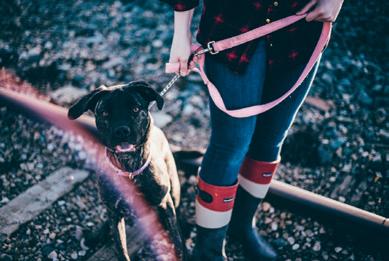
When a dog chases or aggravates a moose, it creates a dangerous situation for both of you! It is both dangerous and illegal.
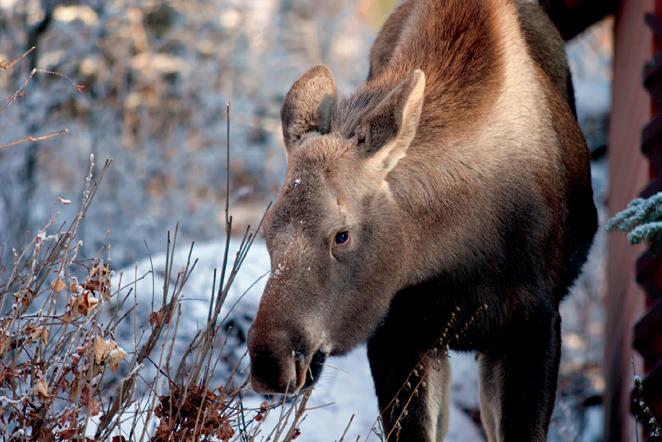
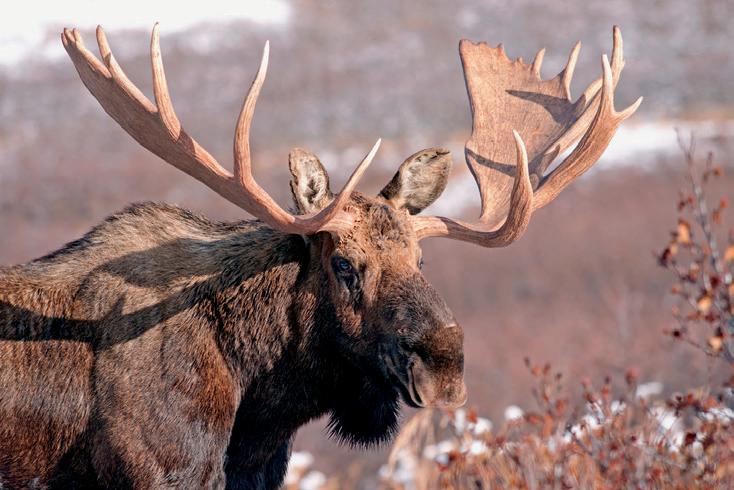
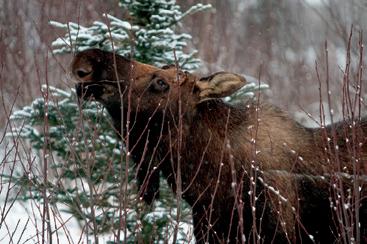
DO NOT FEED MOOSE
ENJOY WATCHING FROM A SAFE DISTANCE
More information at: www.wildlife.alaska.gov
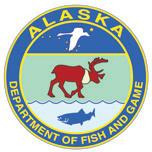
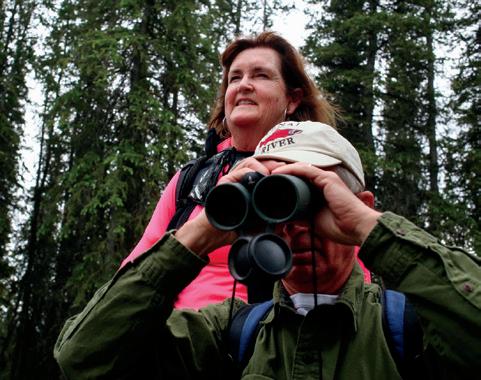
1
MOOSE SAFETY 21 WINTER WILDLIFE
2 3 4 5 6 7
MOOSE SAFETY
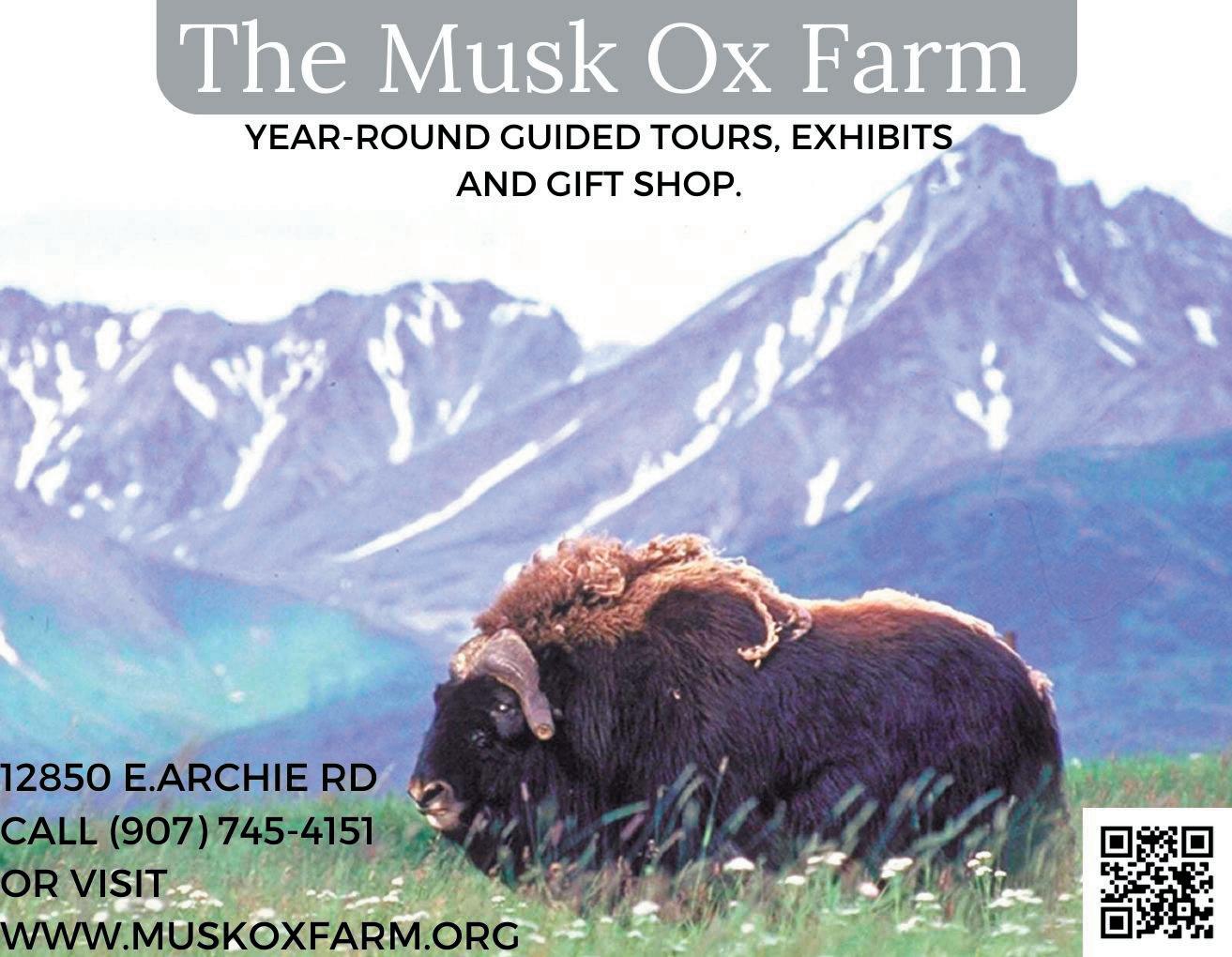
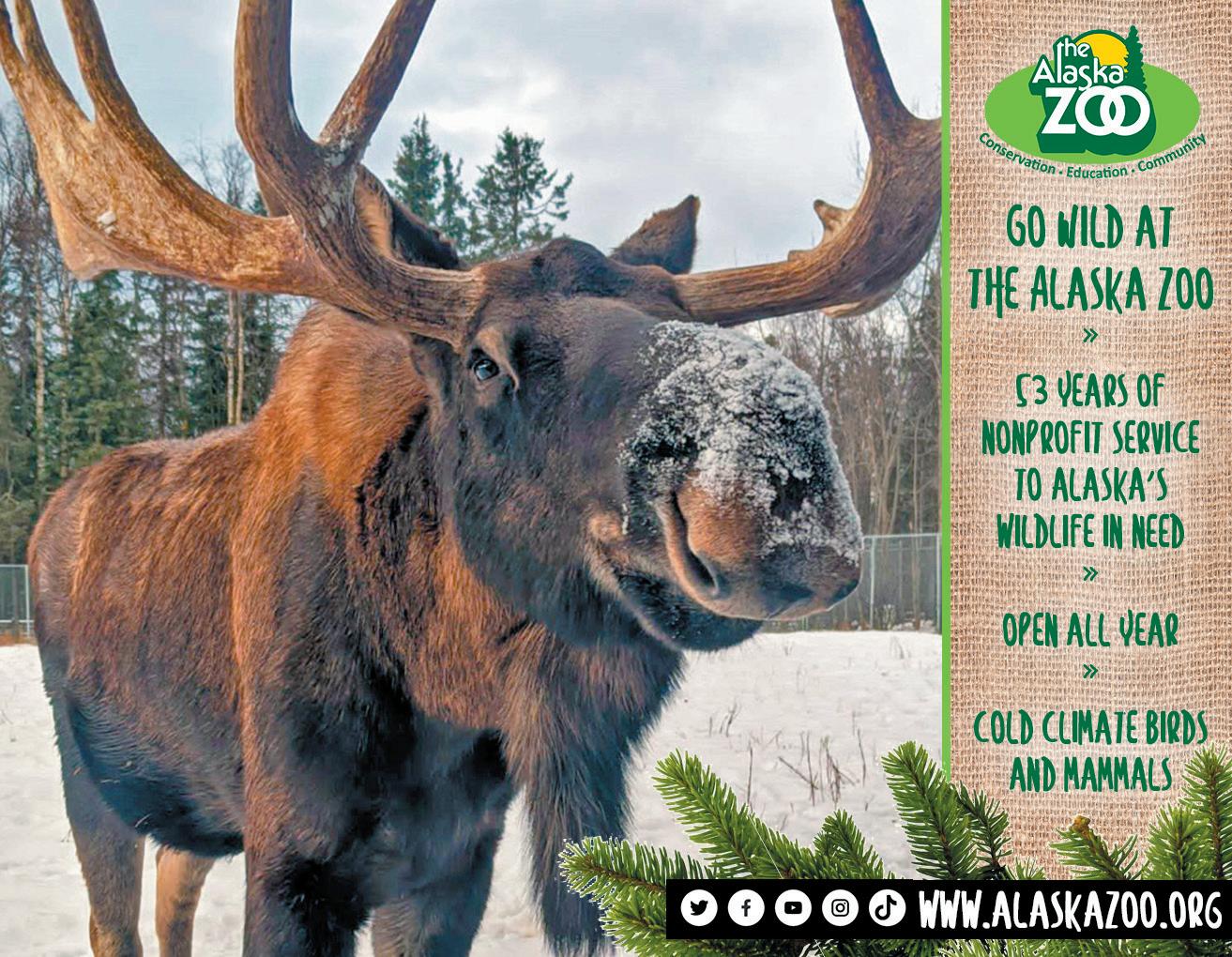
22 WINTER WILDLIFE










